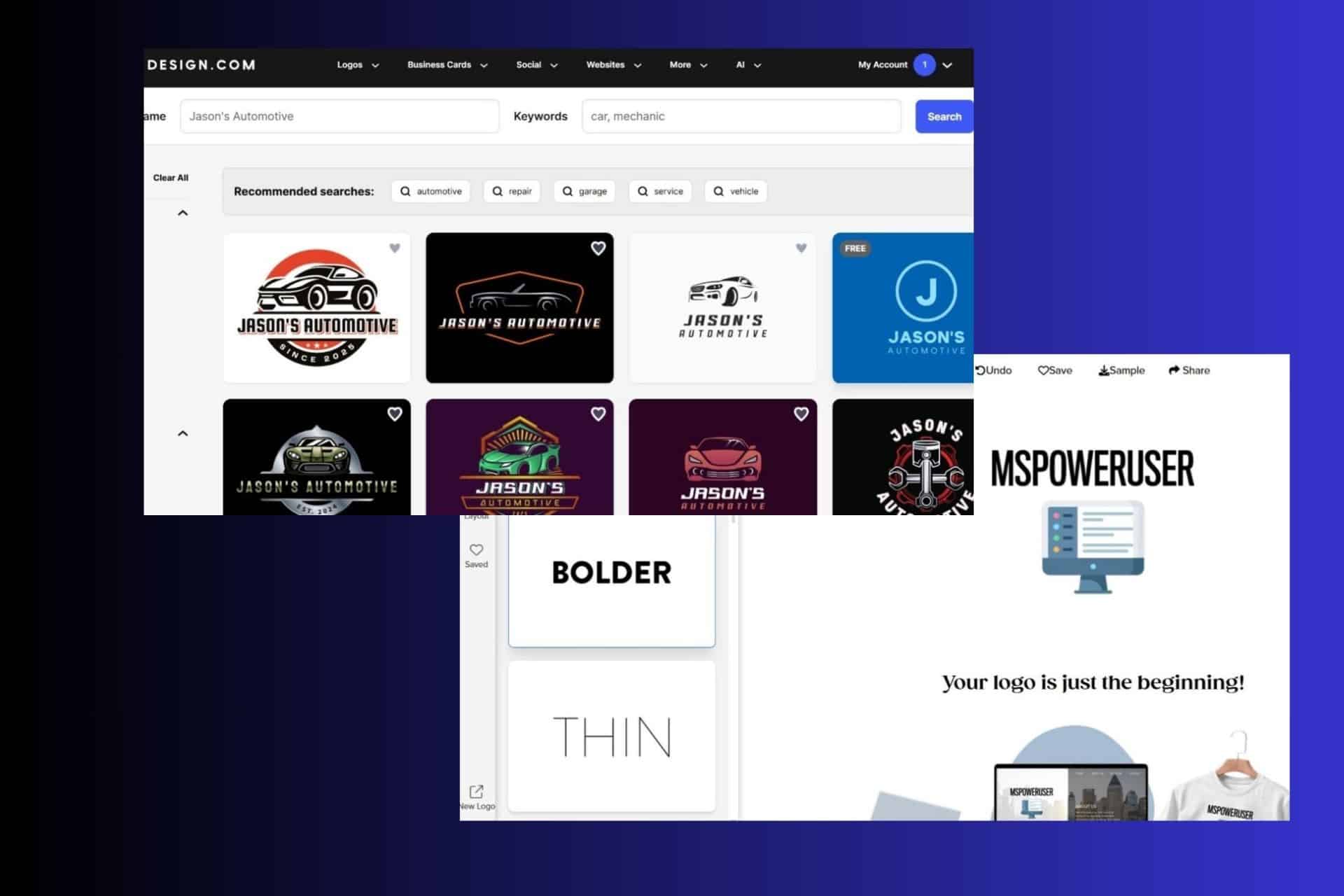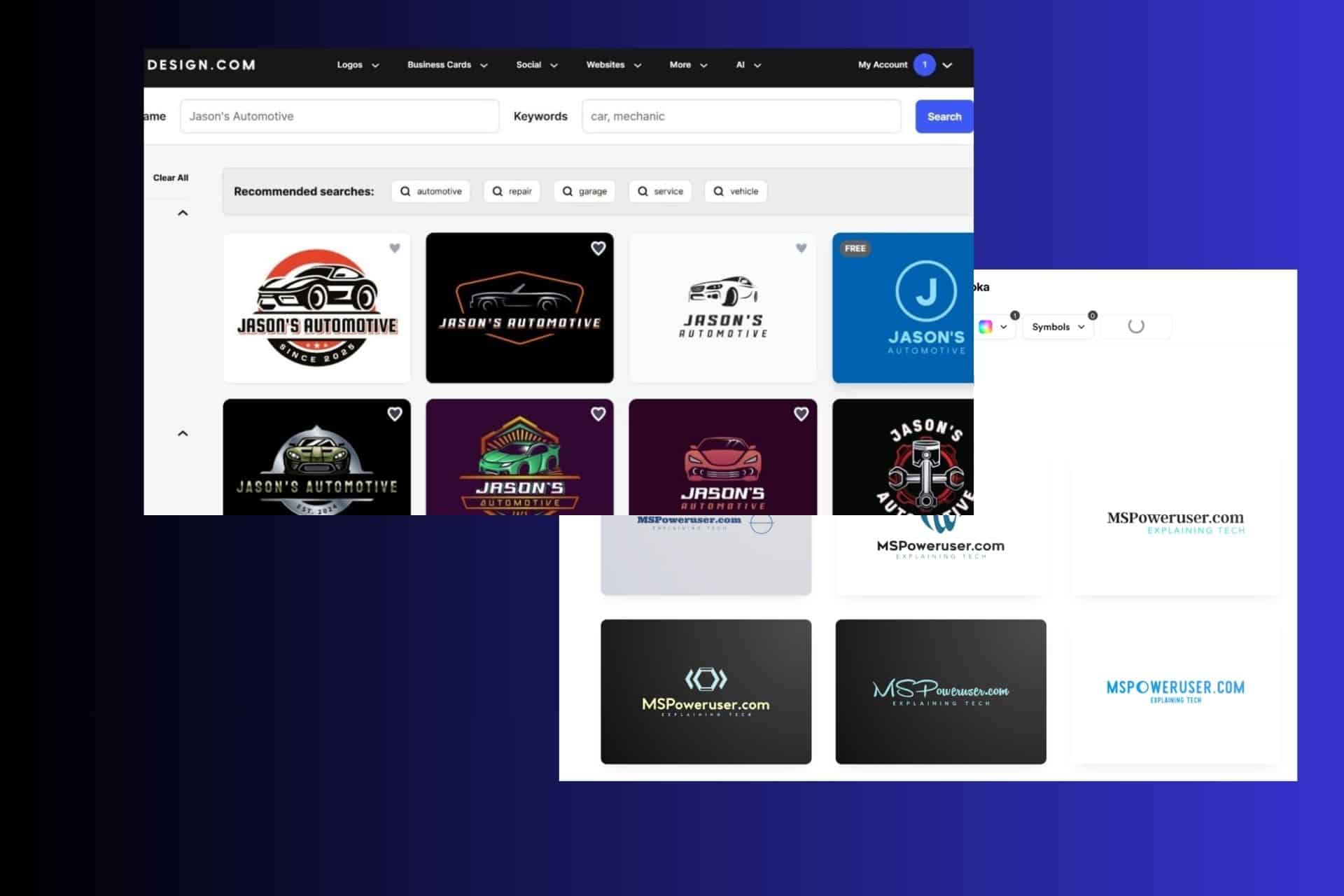Windows 11 KB5028254 update fixes problematic display and audio devices

Similar to what they did for Windows 10 and Windows 11, Microsoft has released another C-release non-security update, and this time, it’s for the latest version of Windows 11, 22H2. This update, known as Windows 11 KB5028254 (OS Build 22621.2070), brings improvements to various aspects of the user experience.
Some areas that have been revamped include adjusting the device’s brightness and resolving problems related to display and audio devices.
Now, there have been instances where display and audio devices have gone AWOL after resuming sleep. This can be annoying, but luckily, this very update has addressed it. Besides that, Microsoft also says that they’ve fixed instances where Widgets get unexpectedly unpinned.
This update also fixes an issue that can cause poor network performance for users who often use VPNs. The issue is caused by excessive ARP requests to the network gateway. ARP requests are used to map IP addresses to MAC addresses, and excessive ARP requests can slow down the network.
What other fixes does the Windows 11 KB5028254 update bring to the table? Here’s everything we’ve noticed so far, as spotted in the official changelog.
Windows 11 KB5028254: What to expect?
- New! This update affects the Handwriting Software Input Panel (SIP), the Handwriting Engine, and the Handwriting Embedded Inking Control. They now support GB18030-2022 conformance level 2. Because of this, they meet the level 3 requirements.
- This update addresses an issue in the Windows Notification Platform. The issue affects how much power your device uses.
- This update affects the Windows Push Notification Services (WNS). It makes the connection between the client and the WNS server more reliable.
- This update addresses an issue that affects hybrid joined devices. You cannot sign in to them if they are not connected to the internet. This occurs when you use a Windows Hello for Business PIN or biometric credentials. This issue applies to a cloud trust deployment.
- This update affects Windows Autopilot profiles. The process to download the Windows Autopilot policy is more resilient. This helps when a network connection might not be fully initialized. This update increases the retry attempts when you try to download the Windows Autopilot profile.
- This update addresses an issue that affects Event Forwarding Subscriptions. When you add an Event Channel to the subscription, it forwards events you do not need.
- This update addresses an issue that affects the Windows Management Instrumentation (WMI) repository. This causes an installation error. The issue occurs when a device does not shut down properly.
- This update addresses an issue that affects certain CPUs. There is inconsistent reporting of the L2 cache.
- This update enhances hinting for some of the letters of the Verdana Pro font family.
- This update affects user mode printer drivers. They unload unexpectedly. This occurs when you print from multiple print queues to the same printer driver.
- This update affects text edit controls in XAML and browser controls. You cannot make text edit controls editable again after they become read only. This occurs when you use the new Microsoft Input Method Editor for Japanese, Chinese, and Korean.
- This update makes Narrator announce the “Change product key” label.
- This update addresses an issue that affects the Defender Firewall Profile. It fails to automatically switch from a LAN that is trusted to a public network.
- This update makes Country and Operator Settings Asset (COSA) profiles up to date.
- This update addresses an issue that affects a printing job. An unexpected Internet Printing Protocol (IPP) mode switch can cause the print job to abruptly stop. This occurs when there is an independent hardware vendor (IHV) driver.
- This update addresses an issue that affects certain wireless wide area network (WWAN) devices. After every restart, a dialog reappears. It asks you to switch to embedded SIM (eSIM) even when you choose “No.”
- This update addresses a deadlock in Internet Protocol Security (IPsec). When you configure servers with IPsec rules, they stop responding. This issue affects virtual and physical servers.
- This update addresses an issue that affects the MPSSV service. The issues causes your system to restart repeatedly. The stop error code is 0xEF.
- This update affects the Windows Kernel Vulnerable Driver Blocklist, DriverSiPolicy.p7b. It adds drivers that are at risk for Bring Your Own Vulnerable Driver (BYOVD) attacks.
- This update addresses an issue that affects Windows Defender Application Control (WDAC). The issue copies unsigned WDAC policies to the Extensible Firmware Interface (EFI) disk partition. This partition is reserved for signed policies.
- This update addresses an issue that affects WDAC. The “Disabled: Script Enforcement” option might create audit events you do not need.
- This update addresses an issue that affects the fastfat file system driver. It stops responding because of a race condition.
- This update addresses an issue that affects I/O over Server Message Block (SMB). It might fail when you use the LZ77+Huffman compression algorithm.
Are you a 22H2 user? Have you downloaded the Windows 11 KB5028254 update? Let us know in the comments!
Read our disclosure page to find out how can you help MSPoweruser sustain the editorial team Read more




User forum
1 messages